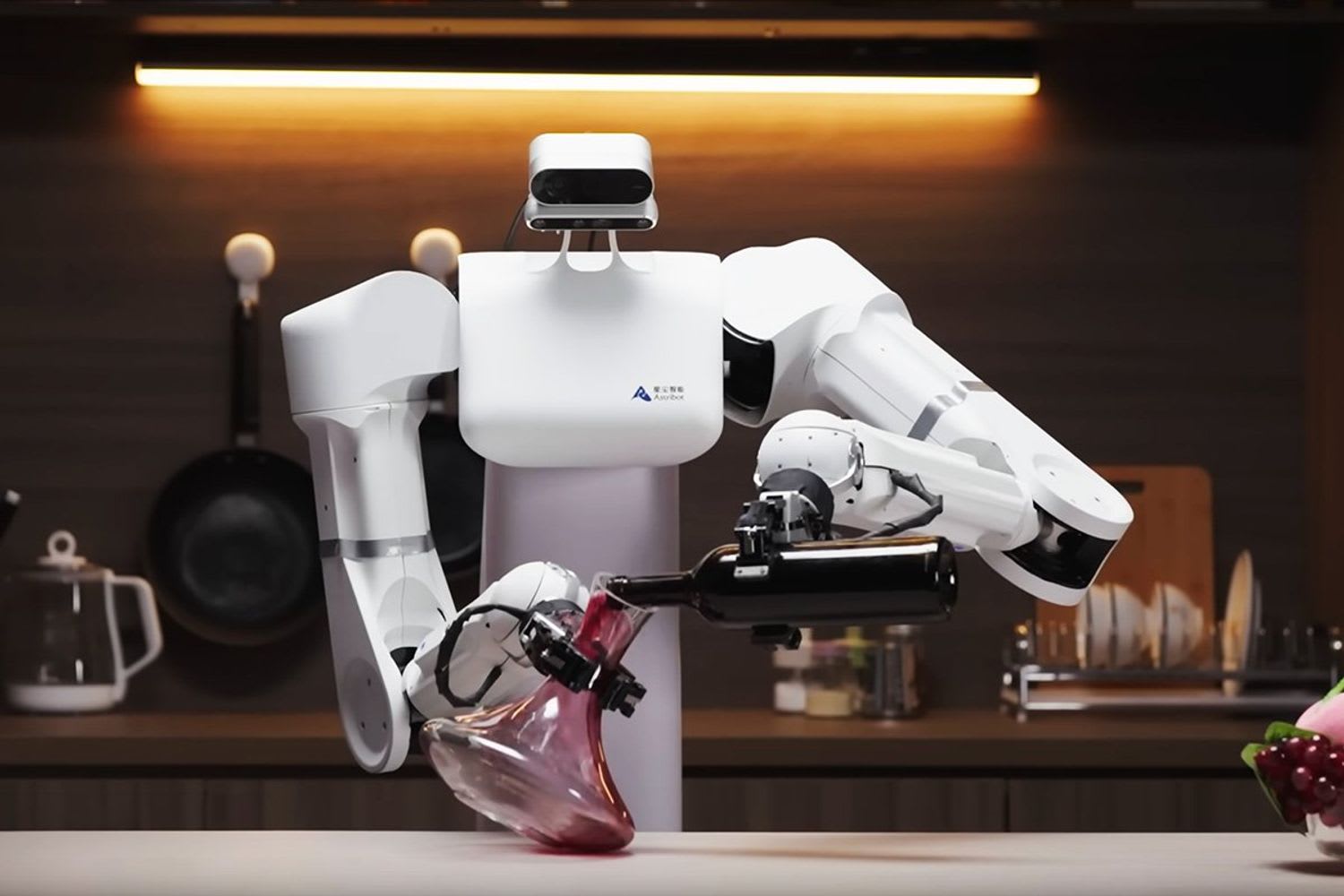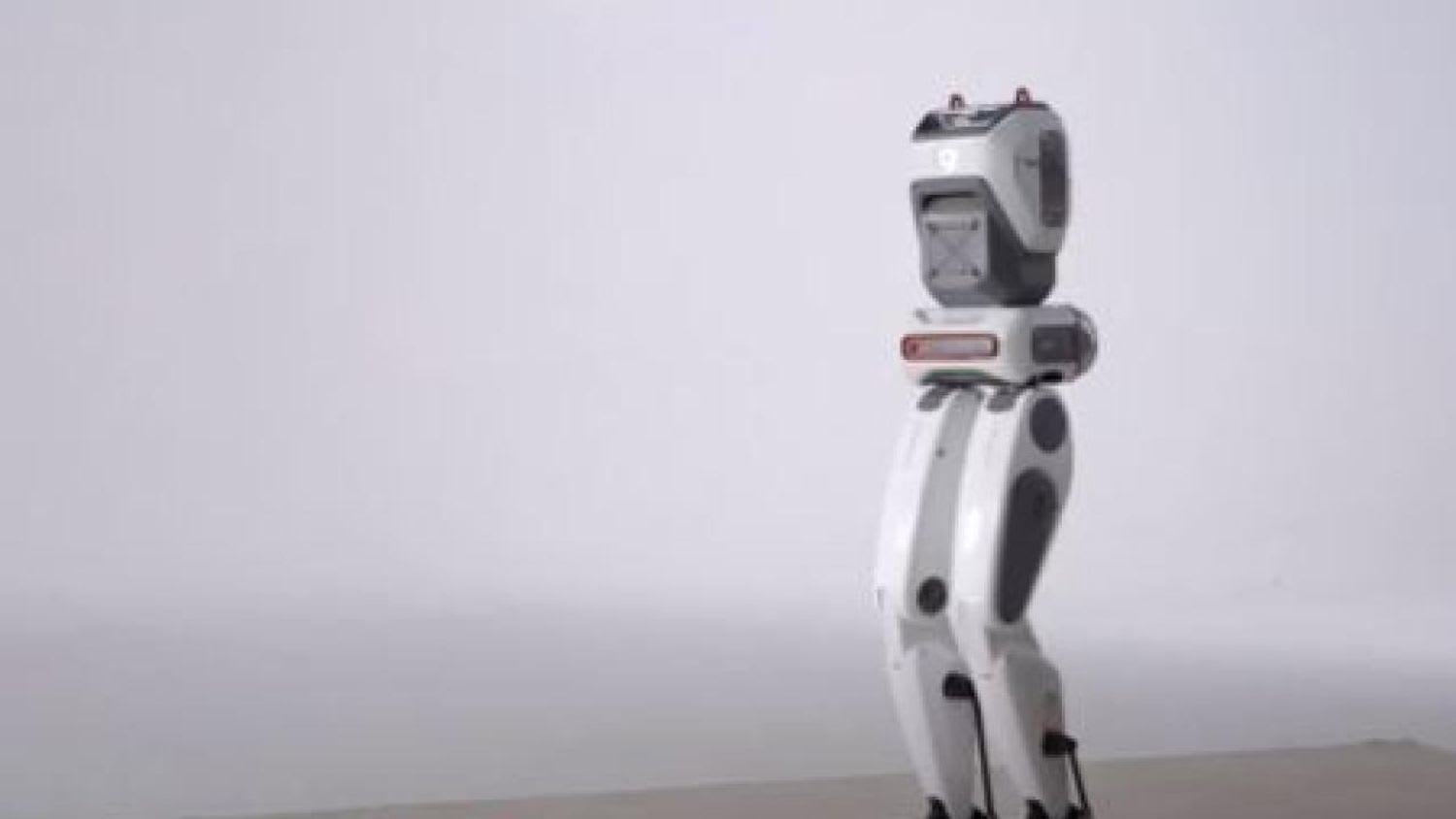🤖 What is a Robot?

A robot is a programmable machine designed to automatically carry out complex tasks. Unlike simple machines, robots can sense their environment, make decisions, and adapt their behavior.
Key Characteristics:
- • Programmable and configurable
- • Can sense and respond to environment
- • Capable of physical movement or manipulation
- • Operates with varying degrees of autonomy
📊 Robot vs. Other Machines
✅ Robot
Programmable, autonomous, adaptive
⚡ Automation
Fixed tasks, limited flexibility
🔧 Simple Machine
Manual operation, no intelligence
📚 History & Evolution

The concept of artificial beings dates back to ancient mythology, but modern robotics began in the 20th century with industrial automation needs.
💭 Fun Fact
The word "robot" comes from the Czech word "robota," meaning forced labor or work.
🔧 Types of Robots

Industrial Robots
Large robotic arms used in manufacturing for assembly, welding, and painting
Examples:
- KUKA robotic arms
- ABB industrial robots
- Fanuc assembly robots

Service Robots
Robots designed to help humans in various daily tasks and services
Examples:
- Roomba vacuum cleaners
- Delivery robots
- Medical assistance robots

Humanoid Robots
Robots designed to resemble and interact like humans
Examples:
- Honda ASIMO
- Boston Dynamics Atlas
- SoftBank Pepper

Military & Defense
Robots used for surveillance, bomb disposal, and combat support
Examples:
- Bomb disposal robots
- Surveillance drones
- Combat support vehicles
⚙️ Key Components of Robots
Sensors
The 'eyes and ears' of robots that gather information about the environment
Examples:
Actuators
Motors and mechanisms that enable robots to move and manipulate objects
Examples:
Controllers
The 'brain' that processes information and makes decisions
Examples:
Power Systems
Energy sources that keep robots operational
Examples:
💡 Why Robots Matter

🎯 Precision & Accuracy
Robots perform tasks with consistent precision, reducing errors and improving quality.
🛡️ Safety Enhancement
Handle dangerous tasks in hazardous environments, protecting human workers.
⚡ Increased Efficiency
Work 24/7 without fatigue, dramatically increasing productivity and throughput.
🌟 Innovation Catalyst
Enable new possibilities in healthcare, space exploration, and scientific research.
🌍 Real-World Applications
Healthcare
Revolutionizing medical procedures and patient care
Applications:
- Surgical robots
- Rehabilitation robots
- Pharmacy automation
- Patient transport
Impact:
Improved precision in surgery, reduced recovery times, enhanced patient safety
Manufacturing
Automating production lines and quality control
Applications:
- Assembly line robots
- Quality inspection
- Material handling
- Packaging
Impact:
Increased productivity, consistent quality, reduced workplace injuries
Space Exploration
Exploring places too dangerous or distant for humans
Applications:
- Mars rovers
- Space station maintenance
- Satellite deployment
- Deep space probes
Impact:
Extended human reach into space, scientific discoveries, technology advancement
Agriculture
Modernizing farming with precision and efficiency
Applications:
- Harvesting robots
- Crop monitoring drones
- Automated irrigation
- Livestock management
Impact:
Increased crop yields, reduced labor costs, sustainable farming practices
🚀 The Future of Robotics
AI Integration
Advanced machine learning and neural networks making robots smarter and more autonomous.
Human-Robot Collaboration
Collaborative robots (cobots) working alongside humans safely and efficiently.
Swarm Robotics
Multiple robots working together to accomplish complex tasks through coordination.
Soft Robotics
Flexible, bio-inspired robots that can safely interact with humans and delicate objects.
Autonomous Vehicles
Self-driving cars, delivery drones, and autonomous transportation systems.
Personal Assistants
Home robots that help with daily tasks, elderly care, and companionship.
📖 Learning Resources
📚 Recommended Reading
🎥 Video Learning
- 📹Introduction to Robotics (MIT OpenCourseWare)
- 📹How Robots Work (National Geographic)
- 📹The Future of Robotics (TED Talks)
- 📹Building Your First Robot (YouTube Tutorials)
Ready for the Next Module?
Continue your robotics journey by learning about robot components and how they work together.